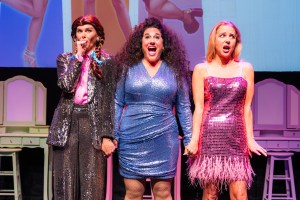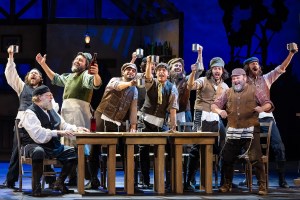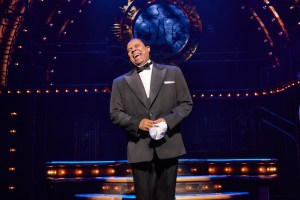A Tree Grows on Broadway: Come From Away and the Cutting Edge of Green Set Design
Beowulf Boritt talks about using real trees in his scenic design for the new Broadway musical.
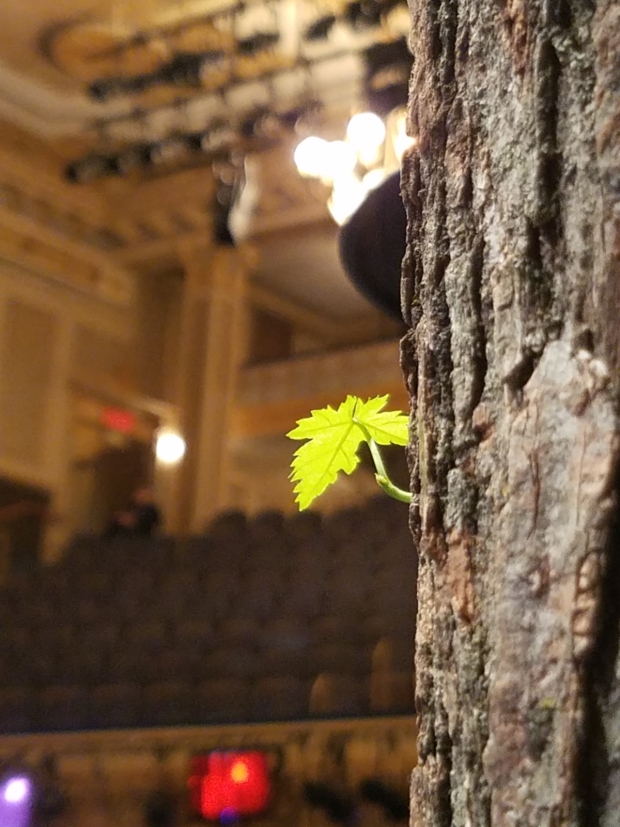
(© Beowulf Boritt)
As Manhattan's grimy winter icebergs melted into sidewalk puddles and the first, adventurous flowers began to bud in Central Park, spring announced its presence in a very unlikely New York City location: The stage of the Gerald Schoenfeld Theatre, home of the new Broadway musical Come From Away. One of the trees on the set sprouted new leaves up and down the trunk and around mounted stage lights.
How is this possible? The timber on the stage of the Schoenfeld isn't your standard Styrofoam illusion, but actual trees harvested from the Adirondacks. Scenic designer Beowulf Boritt told us about his novel choice to use real trees in his design for this musical about the transatlantic passengers whose flights were grounded in Gander, Newfoundland, in the hours following the terrorist attacks on September 11, 2001. It is a decision that is yielding new surprises every day.
This interview has been condensed and edited for clarity.
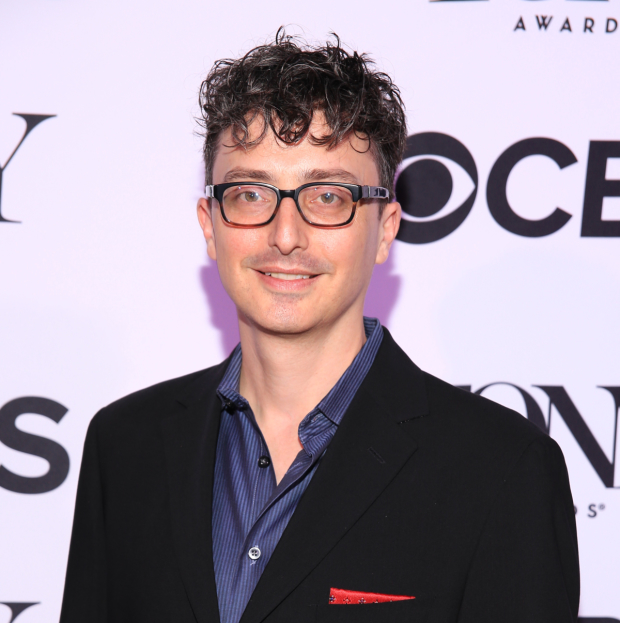
(© Tricia Baron)
When did you know you wanted real trees on the set of Come From Away?
I wanted them to be real from the beginning. I pitched the idea to our director, Christopher Ashley, and he was all for it. But every time I came up with a reason that we should have real trees, the shop that built the show for the original La Jolla run came back with six reasons why it was impossible.
So you didn't end up using real trees for La Jolla?
The shop did a very good job with the alternative, but it always looked to me like beautifully made fake trees. Ordinarily, I'm fine with that, but this show is such a unique thing. The emotion is so raw and current that everything needed to be as real as it could be. Once we actually got the real trees in there for the Toronto run, suddenly everyone was like, "You're right." The individuality of a tree is like the individuality of a person. You can't create it as beautifully as it grows in nature.
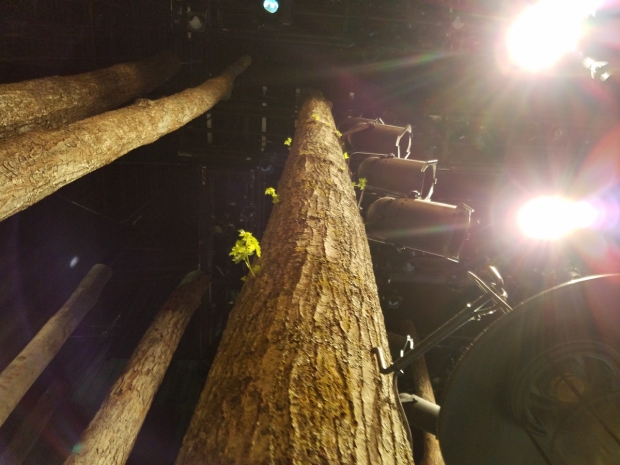
(© Beowulf Boritt)
Where did you find these trees?
We went out in the Adirondacks for an afternoon. The shop found an arborist with 40 acres he needed to clean up, so he let us pick what we wanted within that area. I had a list of trees that were native to Newfoundland. While what we ended up with is not quite right, I wanted things that could plausibly be in Newfoundland. Most of my requirements had to do with size and shape, but it also had to feel right. It was kind of a tree-hugger experience.
You chopped them down, so why are they still growing?
Trees hibernate over the winter and they store a lot of moisture in them. After the Toronto run finished in January we got a few more, and they don't know they were chopped down. Obviously, there's enough of a spectrum in the lighting grid that they're getting some kind of nutrient and there's one little tree that really doesn't know it has been chopped down because it's still growing. It's a little sad and beautiful all at the same time. That is what the trees are about for me: A sense of resilience that feels appropriate for this story. The country and world were damaged on that day, but hopefully we have deep enough roots to keep life going.
Is this a greener way to design sets?
Yes. The artificial trees were made of steel and Styrofoam painted to look correct. A lot of that is not even remotely biodegradable. Sets are normally made of trees, but in those cases, a lot more energy has been put into processing the wood. We used as little energy as you could to get this thing onstage.
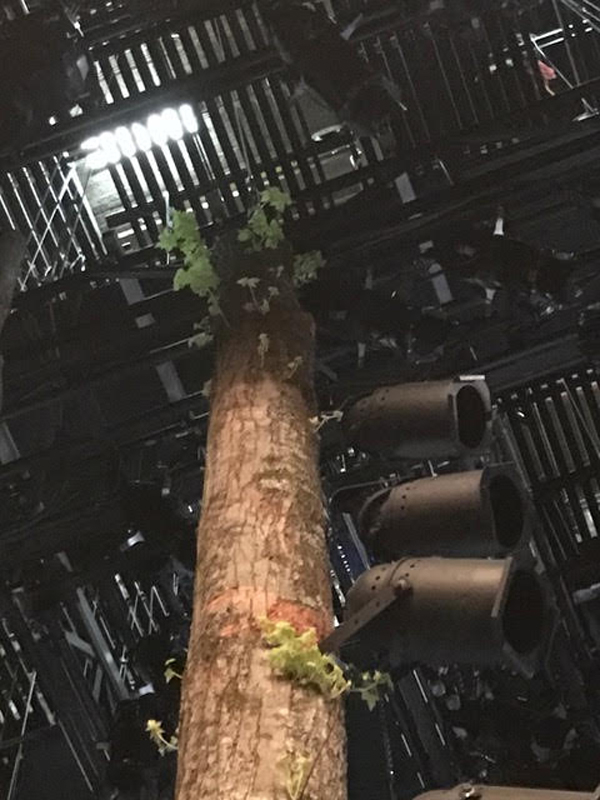
(© Beowulf Boritt)
Are there any drawbacks to using real trees?
They are incredibly heavy. The heaviest one weighs about 6,000 pounds, where a fake tree would weigh a few hundred. Dealing with them is difficult since they're all 24 feet long and a few tons.
Since the trees are more biodegradable, is there any risk of them decomposing onstage?
They aren't getting wet onstage (which hastens wood rotting), so I don't think we're in danger of them decomposing anytime soon. When we start challenging Phantom for longest-running show, we may need to replace them!





